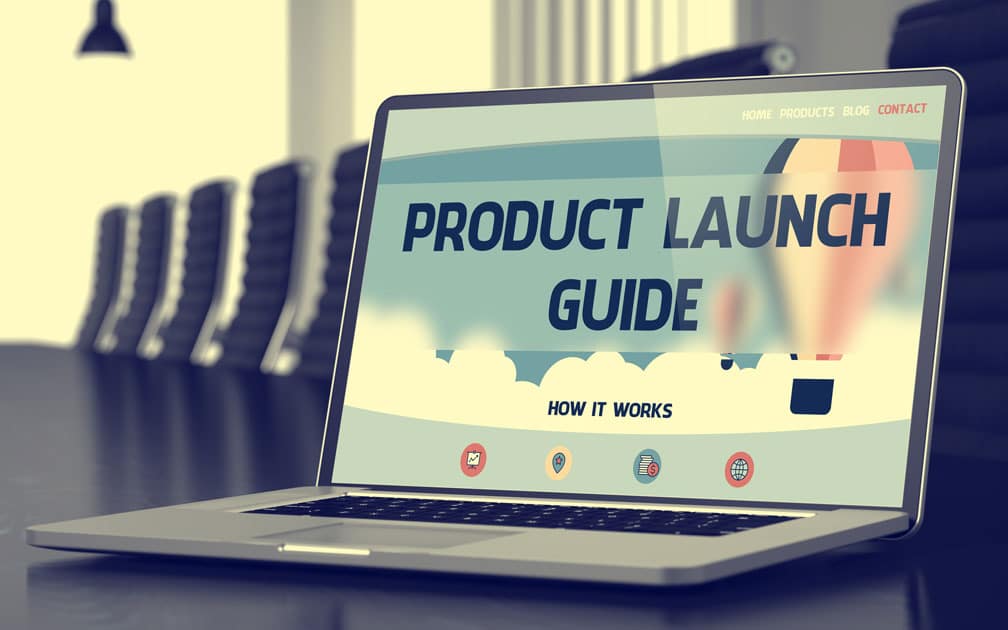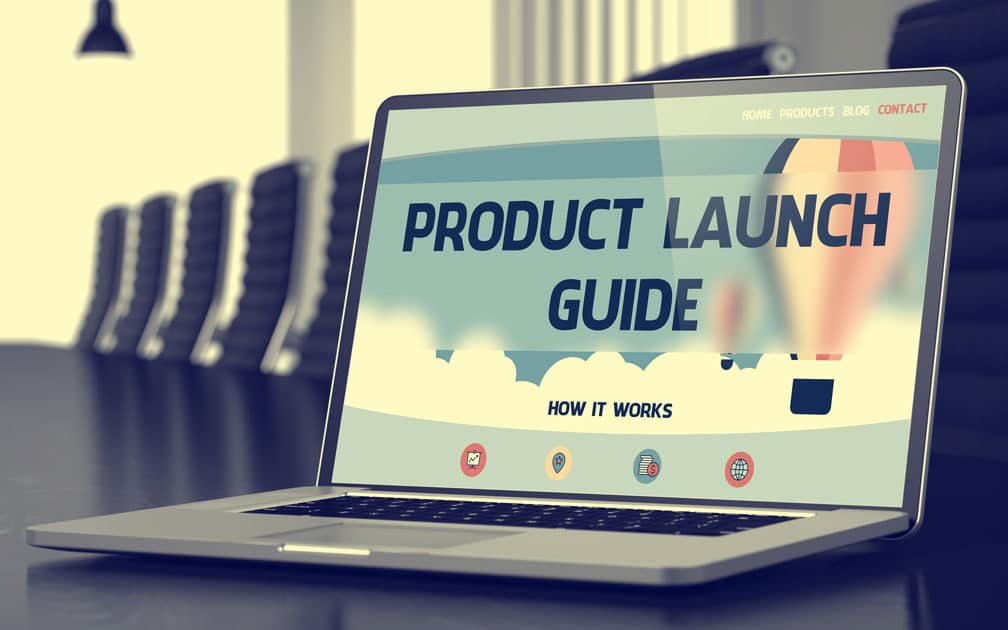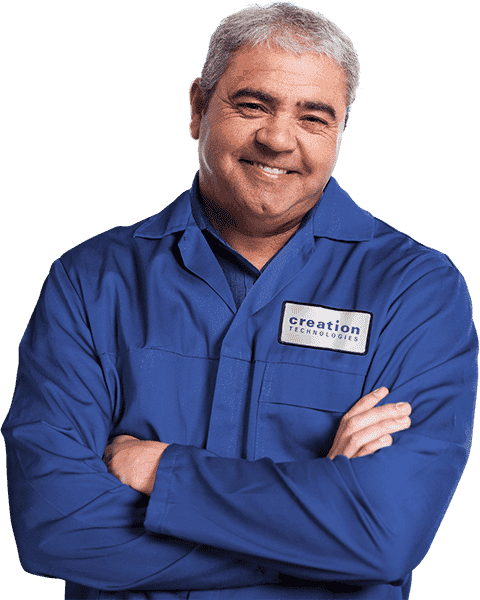Minimize Launch Risk for New Electronic Products Without an Established Order History
New Electronic Products
For new electronic products that are just being introduced to the market without an established order history, it can be daunting to forecast the initial order quantities and the related timeline.
You’ll need to develop a high confidence plan that minimizes the risk of building too many units, too soon versus not building enough units. If you build too many units, you’ll have a ton of cash tied up in inventory. If you build too few, you may lose potential orders since you won’t be able to fulfill orders fast enough for anxious customers.
The basic business goal is to minimize finished goods sitting in inventory while having the ability to rapidly respond to new orders.
You’re optimistic that the orders will come rolling in…
The product will sell itself, right?
BUILDING A FORECAST
If you have customer pre-orders booked, you can establish a minimum quantity for the first build.
You may also need:
- Marketing units for press reviews
- Sales units for product demonstrations
- Trial units for early customer evaluations
- Replacement units for warranty claims
For subsequent builds, you will need to answer some not-so-simple questions such as:
- How many units are expected to be built per lot? 10, 50, 200, or more?
- How many units are expected to be built per month or per quarter?
- How many units should be kept in stock to quickly fulfill orders?
- At what minimum inventory threshold should another lot of units be built?
- Will customers order units one-at-a-time or in 100 unit quantities?
- How many warranty returns are expected?
- Will the orders be bursty?
You’ll have to answer these questions carefully and plan accordingly.
STANDARD APPROACH
The standard approach is to engage a traditional contract manufacturer (“CM”) with the necessary equipment and services to build your new electronic product. The CM will generate a quote to build your product using an internal financial modeling process based on the expected annual unit volume with the number of builds at a certain lot size.
The CM will expect you to provide a rolling forecast so that the production plan can be updated frequently in order to make the necessary adjustments to outstanding material orders and staffing plans. Unanticipated delays, canceled orders, and/or order shortfalls (or spikes) can have negative financial consequences for you depending on the terms of your agreement with the CM.
If your actual orders do not match the forecast, you may have to pay for material in inventory in advance of units being built or you may be charged expediting fees for material to meet unplanned demand.
Additionally, not meeting your order volume and timeline commitments can sour your business relationship with the CM.
For a new product without an established order history, it is very difficult to predict the size and the timing of the early orders. Therefore, the likelihood of not meeting expectations is relatively high.
ALTERNATIVE APPROACH
Instead of engaging a CM to launch a new electronic product, you should consider using a rapid prototyping provider initially until your orders stabilize.
A provider’s business is structured to build products in small lots in just a few days or weeks. This capability can help you swiftly fulfill new orders while minimizing unit inventories and reducing the corresponding working capital requirements. Also, because there is no ongoing commitment beyond the current order, you’ll have the flexibility to change the timing or size of future orders as necessary.
While the provider’s business model works well for early prototype development, it has some shortcomings for production runs. For example, a CM will inventory and manage excess parts between builds. Therefore, you will likely only pay for parts consumed per build. However, the provider will build in the total cost of all the parts, including the excess parts, per build. Most significantly, you will pay a premium per unit price using a rapid prototyping service.
PARTS MANAGEMENT
Often providers will not hold excess material between builds unless there is a subsequent build planned in the near future. Any excess parts are either discarded or shipped back to you.
While it might seem appealing to store the parts at your location, you will be responsible for inspecting the parts upon arrival, counting the remaining parts, and ensuring that they are handled and stored properly.
You have three options for ordering and managing parts:
- Have the provider order and manage the parts. Most providers do not directly charge the shipping costs of parts, but they will usually add a material handling fee based on a percentage of the total parts’ cost.
- Order the parts from suppliers and distributors to be shipped directly to the provider. You pay for shipping charges for parts once.
- Order the parts and them shipped to your location. Then kit all the parts and ship them to the provider. You pay for shipping charges for parts twice.
If you choose to have the provider return the excess parts to you, then you will pay shipping charges for parts once again!
Sometimes you will need to order and manage the parts directly for a variety of reasons, however, IMHO Option 1 is almost always the best choice. Although you’ll pay a slight premium on the parts versus ordering them directly, the provider will be responsible for resolving any problems.
Remember. It only takes one missing part to prevent a build from being completed and delaying your orders.
OPTIMIZE FOR LOT SIZE
Ideally, you should calculate an optimal build lot size during the design phase so that excess material can be minimized. The smaller the optimal build lot size, the better since it will provide you the flexibility to incrementally adjust the build sizes as needed.
However, there is one financial constraint that you should consider when attempting to minimize the lot size. Every build has setup charges. As the lot size shrinks, the portion of the setup charges that are amortized into the unit cost may become a more significant factor than excess material. Ask the provider to break out setup charges on a per build basis so that the impact on the total unit cost can be evaluated.
PART SELECTION PROCESS
Start with focusing on the high-cost components such as ICs (“Integrated Circuits”) that tend to be unique parts. Seriously consider whether the design requires a unique part, especially if it is non-stocked with long lead times, or is only available from a single distributor or directly from the manufacturer. It is advantageous to have multiple options from several vendors, not only for cost considerations but also for lifecycle and availability reasons. Select as many parts as possible that are stocked and available from multiple distributors. Finally, be aware of large MOQs (“Minimum Order Quantity”) for high-cost components if there is no option to re-reel parts to obtain smaller quantities.
For many other parts, it is possible to select alternates with the same package and similar performance characteristics. Strive to build a large AML (“Alternate Material List”) for each of these components and to identify the ones with the smallest MOQs.
Clearly, you shouldn’t spend time optimizing for sub-penny parts. For example, if a single SMD resistor only comes in reels of 10,000 pcs @ $0.002 each, the total cost will still be $20 even though only a couple of hundred parts will be used. Unless your product design requires specialized parts with unique characteristics or high-performance requirements, a better strategy is to allow open substitution for passives since these are the least expensive commonly available parts.
YIELD CONSIDERATIONS
Realize that 500 parts sets will not yield 500 working units. There will be attrition of parts during the build process.
How many parts do you need for PCB assembly?
Plan for lower yields when using a provider instead of a CM. In general, a provider’s process is not as refined as a CM’s process. A CM will iteratively improve the product’s manufacturability over multiple builds which will increase the yield over time.
Providers may provide informal feedback or even a post-build report on the manufacturability of the product. It’s important for you to review this feedback and to remedy any deficiencies in the product design before the next build.
Always attempt to select parts that are reeled or in trays to optimize for automated assembly. Loose parts or those packaged in tubes will increase the risk of loss, mishandling, damage, and unnecessary wastage.
Even with careful packaging and handling, some components will be discarded during setup of the equipment and possibly lost during assembly. Check with the provider on the what percentage of component loss per setup should be expected and plan accordingly.
Don’t despair! There are ways to help your provider increase the yield.
While test options offered by the provider are typically more limited than those offered by CMs, many suppliers offer AOI (“Automated Optical Inspection”), x-ray inspection, and flying probe test. Each of these test and inspection services requires some level of programming or setup charges, but they don’t require any investment in custom test fixtures.
If possible, provide a basic functional test procedure with specific instructions and objective pass/fail criteria. Preferably, the procedure should not require any specialized test equipment. However, it is fine to require commonly available test equipment such as oscilloscopes and multi-meters.
These inspection and test processes facilitate identifying defective units during the build process which will give the provider an opportunity to rework them thereby increasing the yield.
SUMMARY
As your orders stabilize for your new electronic product, you’ll be in a better position to select a CM partner that can the optimize cost, quality, and delivery of your product for its remaining lifecycle. But, in the short-term, you may be well served by leveraging the flexibility of a rapid prototyping provider.



